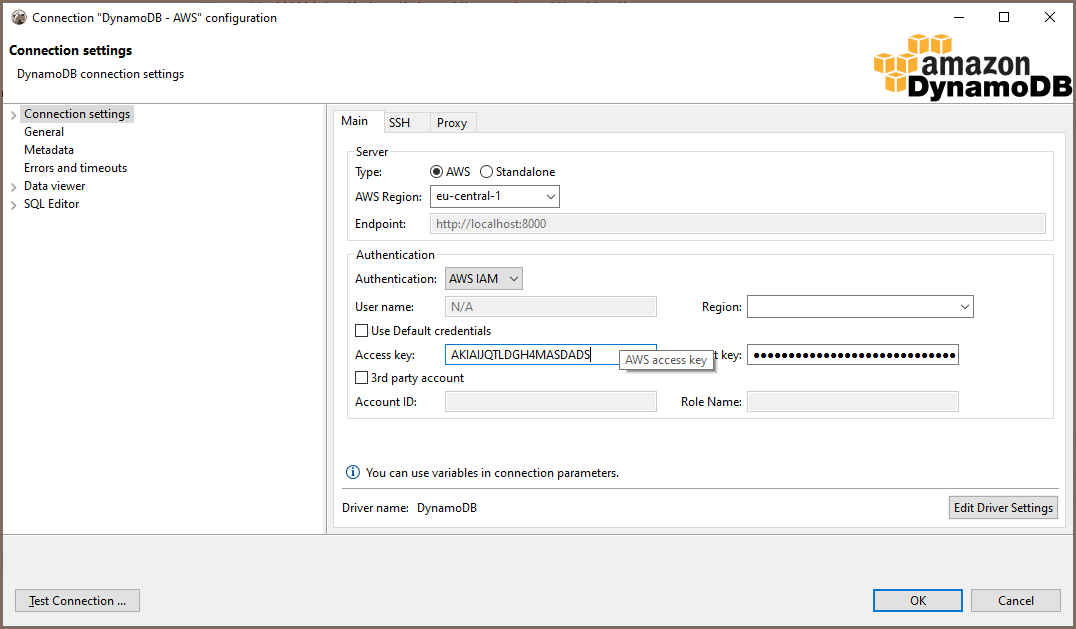
Since you are using the dynamodb shell, I'll assume you are asking for a JavaScript query to create the table. If( documentation can be a bit difficult to understand.

Create a PetStoreClient class and add the dependency on DynamoDbClient. We need to create a data access class to interact with Amazon DynamoDB and run our read/write queries.
CREATE LOCAL DYNAMODB CLIENT HOW TO
The example here will show you how to do it in Maven, but there are more instructions in the developer guide for using other dependency management frameworks. The first step to getting going with the DynamoDB Enhanced Client for Java is to include a dependency for it in your project. set cloudcredential myAliasForCloudCredential region=us-west-2 This will bring in the dependencies for AWS SDK for DynamoDB and Apache HTTP Client that we'll use to create a synchronous DynamoDB client. Step 1 : Add a dependency for the enhanced client.set cloudcredential myAliasForCloudCredential secretAccessKey=newSecretAccessKey.set cloudcredential myAliasForCloudCredential accessKeyId=newAccessKeyId.add cloudcredential vendorName=AWS accessKeyId=SomeAccessKeyId secretAccessKey=SomeSecretKey region=us-west-1 alias=myAliasForCloudCredential.A local secondary index is "local" in the sense that every partition of a local secondary index is scoped to a base table partition that has the same partition key value.

Local secondary index - an index that has the same partition key as the base table, but a different sort key.A global secondary index is considered "global" because queries on the index can span all the data in the base table, across all partitions. They are available when you register to the AWS services. But if you want to use aws cli with the AWS then you must put the valid region, valid id and keys. Global secondary index - an index with a partition key and a sort key that can be different from those on the base table. Note in the local DynamoDb development region, awsaccesskeyid and awssecretaccesskey values in those files can be anything.There are two types of secondary indexes in DynamoDB: A table can have multiple secondary indexes, which gives your applications access to many different query patterns.

You can retrieve data from the index using a Query, like the way you issue a query in a table. To address this, you can create one or more secondary indexes on a table, and issue Query requests against these indexes.Ī secondary index is a data structure that contains a subset of attributes from a table, along with an alternate key to support Query operations. However, many applications might benefit from having one or more secondary (or alternate) keys available, to allow efficient access to data with attributes other than the primary key. Amazon DynamoDB provides faster access to items in a table by specifying primary key values.


 0 kommentar(er)
0 kommentar(er)
